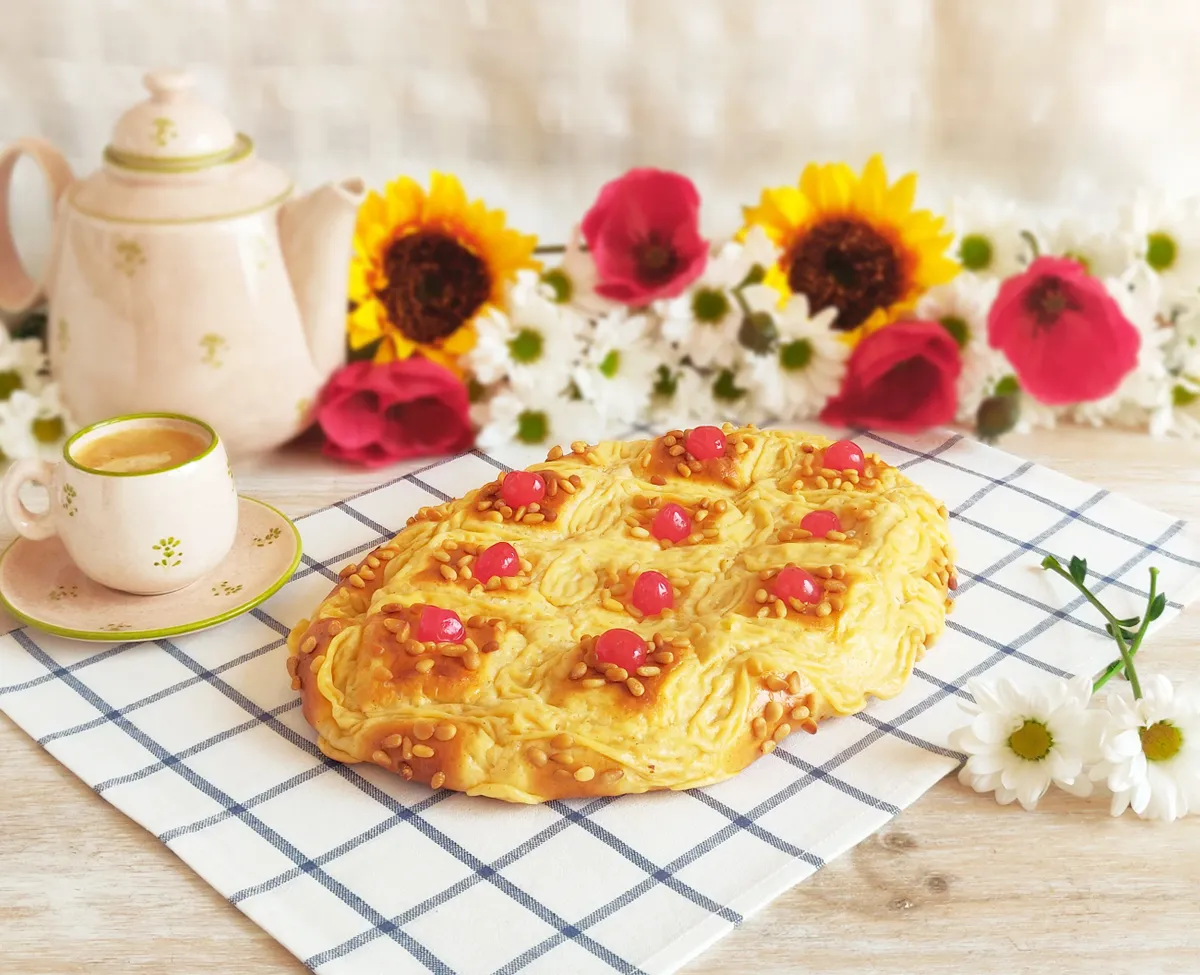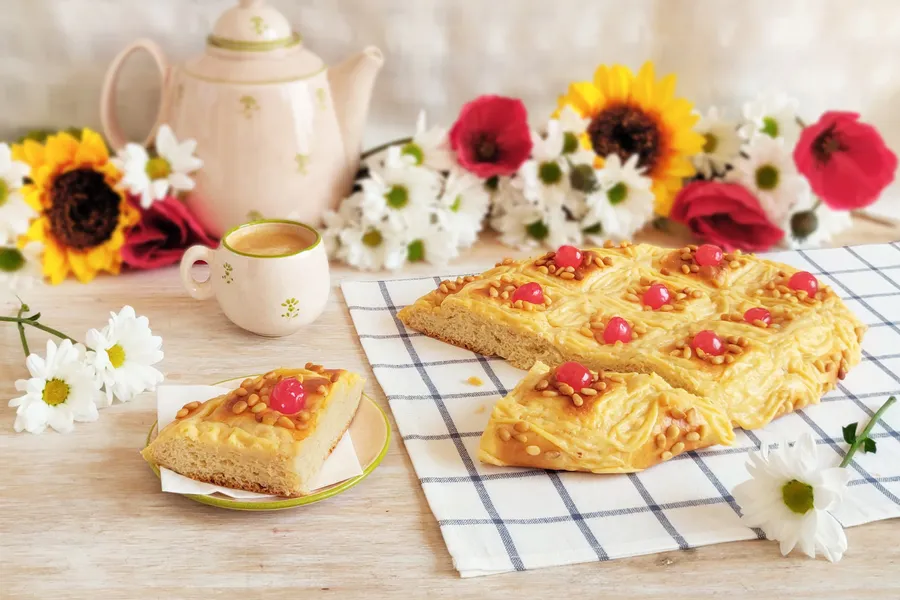
The history of Coca de San Juan
The “Coca de San Juan”, or “Saint John's cake” in English, is a delicious traditional recipe that has become a symbol of the San Juan celebration in different regions of Spain. This celebration has its roots in ancient pagan festivities that commemorated the summer solstice and, with the arrival of Christianity, merged with the festivity of the birth of Saint John the Baptist. The “coca”, as it is colloquially called, represents the transition of the solstice and marks the beginning of summer, making it a special element of local culture.
The coca is a type of sweet pastry or dough made with a fermented base, similar to bread dough. However, over the years, different variations and adaptations of the recipe have been developed, depending on the region and local preferences. Some cocas are made with puff pastry, while others may include additions such as custard, candied fruits, pine nuts, nuts, or even savory ingredients like tuna and vegetables.
During the San Juan celebration, bakeries and pastry shops are filled with cocas of different sizes and flavors to cater to the tastes of locals and tourists. It is common for families to gather and share a coca during the night of June 23rd, and it is also enjoyed throughout the day of June 24th, which is the official day of San Juan.
Each region has its own tradition and style in making the coca, making it a product of local identity. In Catalonia, for example, it is common for the coca to be prepared with pine nuts and candied fruits, while in Valencia, it is characterized by sugar and lemon peel. In Mallorca, the cocas de San Juan are famous for their round shape with a hole in the center and are covered with powdered sugar and candied fruits.
The coca de San Juan is not only a delicious dessert but also a symbol of togetherness and unity during the San Juan festivities. The tradition of sharing this sweet treat with friends and family during the celebration has endured over time and remains deeply rooted in Spanish culture. It is an example of how local cuisine can be deeply connected to the traditions and history of a region, and how food can serve as a means to celebrate and share special moments with our loved ones.

 albertoimizcoz
albertoimizcoz

